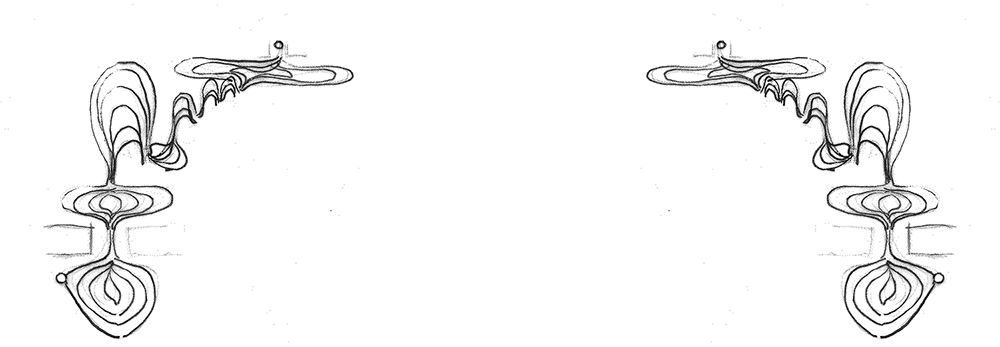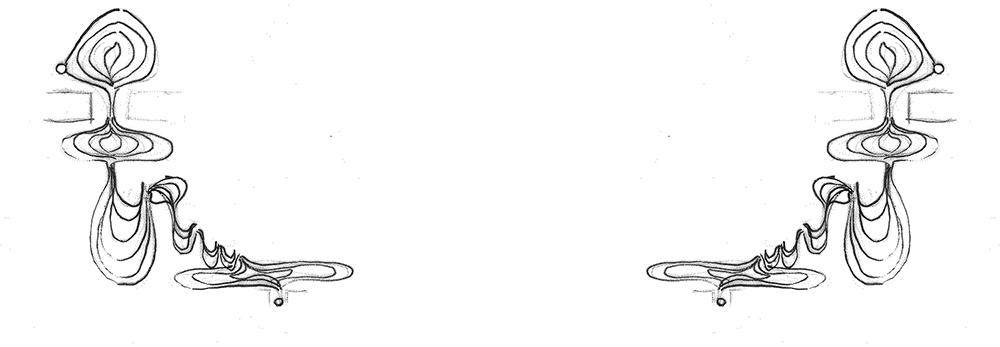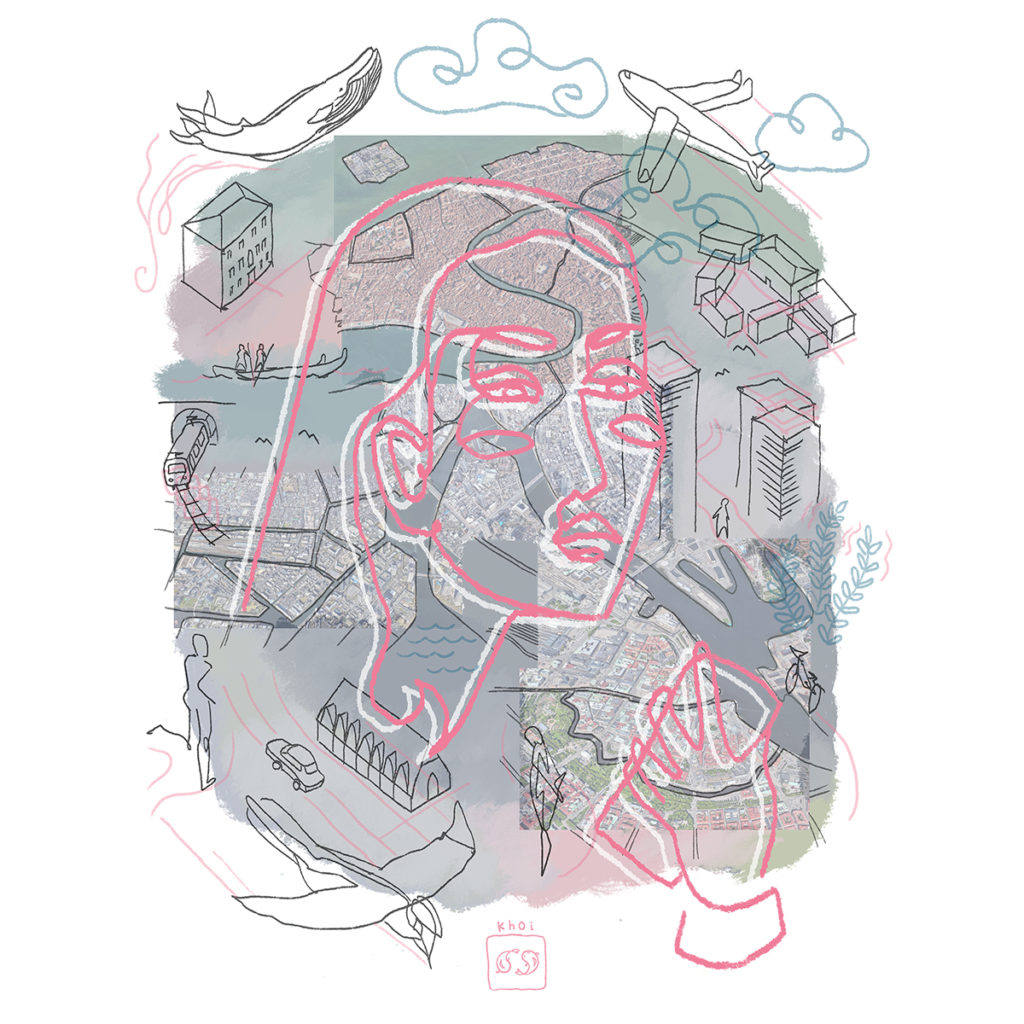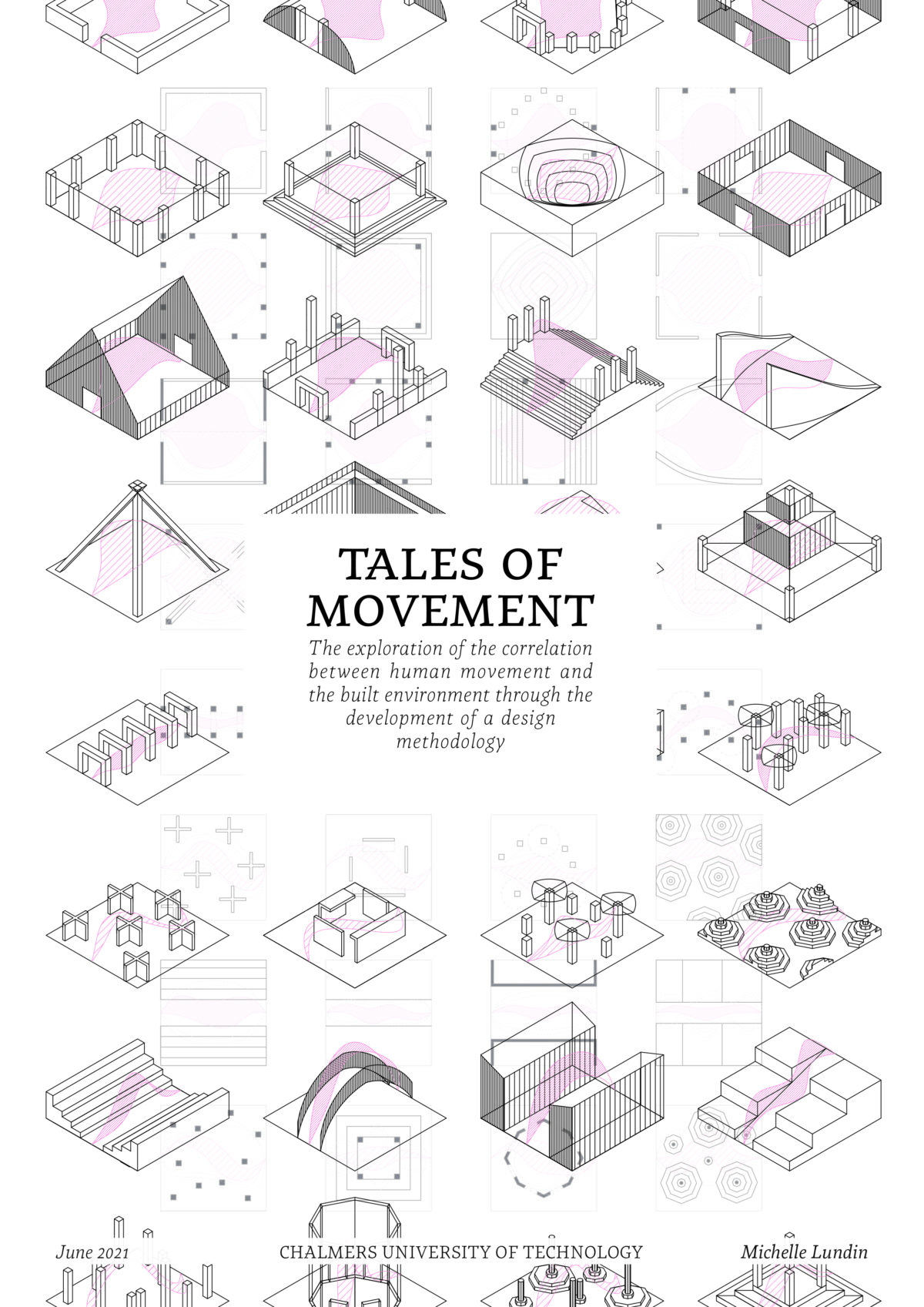TALES OF MOVEMENT – The exploration of the correlation between human movement and the built environment through the development of a design methodology.
Tales of movement
The exploration of the correlation between human movement and the built environment through the development of a design methodology

”Movement and change has always been
part of our inheritance;
static architecture has always been
connected by kinetic passage
a duality echoed by life itself.”
Lawrence Halprin, Freeways, 1966, p.23

Abstract
This thesis is an exploration of strategies and methods of designing with movement as the focal point. Four different ways of analysing and designing with motion in mind are tested and discussed within the delimitations of the thesis. The aim of the final design is to test the four strategies but also to investigate the potential that exists in movement between time and space in order to give a place new meaning.
As a method, movement was broken down in parts to be analysed as existing in a field of tension between time and space. Therefore several studies of different character were carried out with the aim of coming up with concrete design strategies that could be tested in the final design.
The first study analyse how one can move within different spatial configurations, how our perception of a space and movement within it is related to each other. The study develops into a sketch method that generates spatial designs and functions from certain kinds of movement. For the second study, the video game Zelda: Breath of the Wild was the subject because of how it uses two design strategies to create effortless movement in the game for the player. These two strategies are replicated and altered to fit in a real-life urban context and studies how one can direct movement by using attraction points and obscuring objective. The third study superimpose seven layers of the chosen site, Kanaltorget in Gothenburg, in order to reveal how motion of the past can affect the way we move in the present.
Drawing from Japanese culture, this thesis started out as an exploration of what lies in-between space and time and how it is expressed architecturally. But as the process itself started to move and grow into the unknown, it transformed to strategies, new elements with new morphologies are mixed with old ones as an organizational strategy. Instead of trying to control the chaotic nature of the city, this thesis is an exploration of how to create a different urban choreography that celebrates movement, the controllable as well as the uncontrollable, rather than resisting it.
Keywords : movement, elemental design, design strategy

On the following pages a condensed version of the thesis is presented, feel free to download the booklet if you want to see the whole project.
